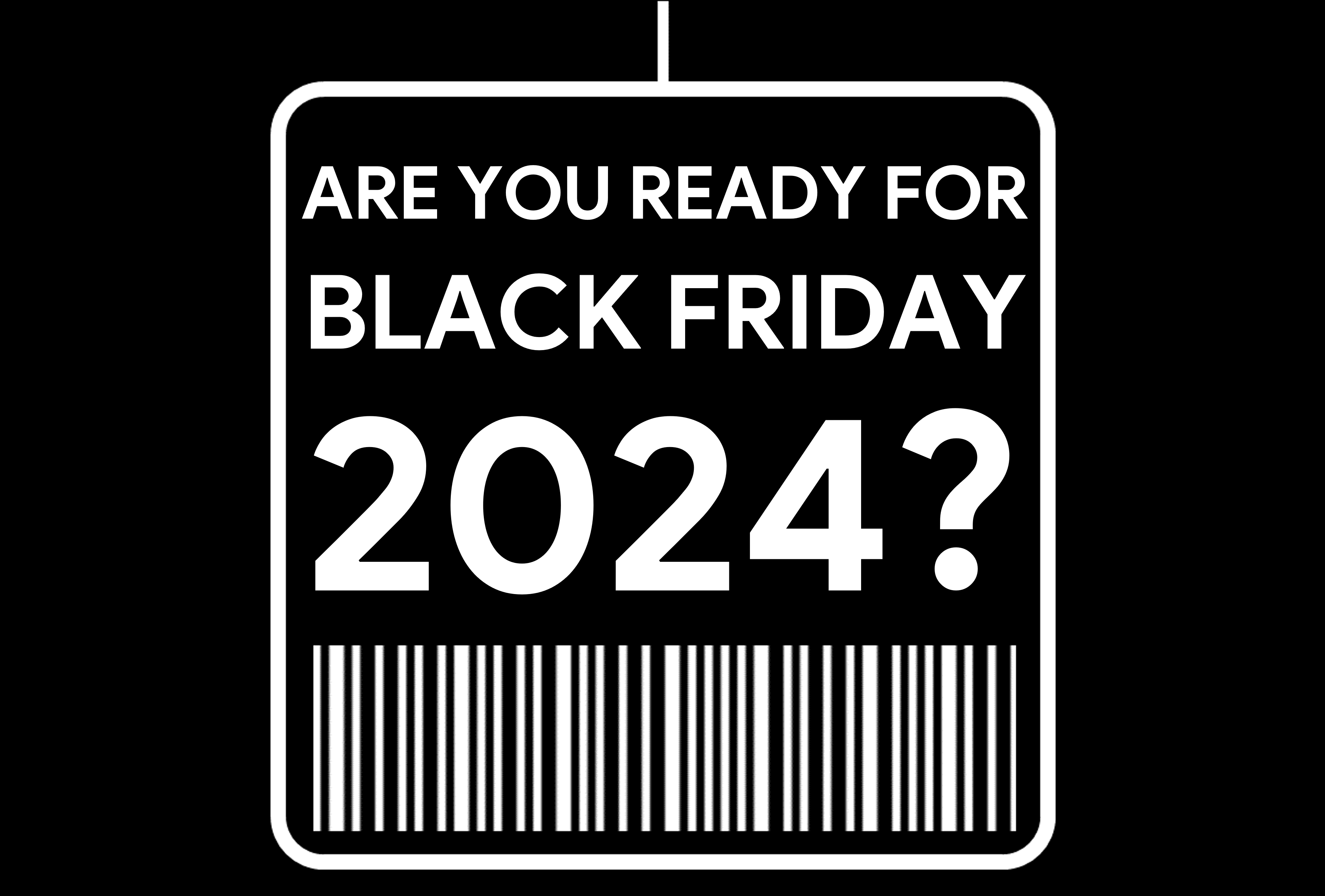
While Black Friday always lands on the last Friday of November, this year it coincides with the last working day of the month, payday for many.
The last time Black Friday fell on a payday was in 2019, a year that saw record ROAS (Return on Ad Spend), average order values, and overall spend. A similar trend occurred in 2020, though that year could be considered an outlier due to the pandemic and the UK being under lockdown.
Since the pre-pandemic peaks, we have seen a stagnation in Black Friday’s ROAS (Return on Ad Spend) over the past four years. Several factors have contributed to this, including the cost-of-living crises, which have affected both retailers and consumers. However, CPCs (Cost Per Click) have risen significantly, dragging ROAS down as advertisers must increase their budgets to achieve the same number of clicks as in previous years. CPCs are expected to continue rising this year, with an 18% increase recorded in Q3 2024 compared to the same period in 2023.
Looking back over the last 5 years, there was a clear drop in conversion rate in 2020, which can be attributed to more people taking time shopping online during lockdown.
Whilst there was also a drastic drop last year, there was also a 31% increase in Average Order Value. This trend is something that all advertisers and retailers should look into in their own year on year Black Friday performance as there has been a shift in behavior in consumers over the past few years and a trend is forming.
At Shoptimised, we were invited to Google’s CSS Spotlight webinar, which covered planning for the holiday season and reviewed trends from last year. Google confirmed that shoppers worldwide are taking more time to make purchasing decisions due to shrinking disposable incomes. About 34% of people are doing more research before buying, and impulse purchases have decreased by 40%. 60% of people are now taking six or more actions before purchasing a new product, which, according to Google, includes researching similar brands, reading reviews, and gathering more information about their intended purchase.
Consumers are becoming more informed and are actively looking for the best deals while ensuring the product they are purchasing is of high quality and meets their needs. This has led to consumers buying higher quality products that last longer whilst also buying fewer products which explains the rise in average order values and drops in conversion rate year on year.
Looking at the timeline for Holiday shopping, Google has found that more people are starting their Black Friday and Holiday shopping planning much earlier. As of May 31% 2023 of shoppers had already started holiday shopping up - 25% from 2022.
By October, 58% of shoppers were thinking about what they would buy during Black Friday sales, and 81% used Google to assist with their holiday shopping. This reinforces the idea that purchases are more considered, and consumers are more informed than ever.
Although there is a big rush for Black Friday, 68% of holiday shoppers made purchases during the week following the holiday period (December 26th to January 3rd). This offers another opportunity to maximize Google Ads campaigns, but it requires advanced planning, as clients and advertisers can be difficult to reach during this time, with many people taking time off.
One of the biggest planning challenges this year is that the post-Christmas period will arrive faster than last year, as there are five fewer days between Black Friday and Christmas. Black Friday falls on November 29th this year, whereas last year, it was on the 24th.
For retailers and advertisers, this means a quicker turnaround in promotions within Merchant Center and other assets. It’s ideal to have your plans and promotions prepared in advance to streamline setup. Budgets will also look different compared to last year, as Black Friday falls at the very end of the month. Last year, retailers still had a few days of November to spend, so budget pacing will need careful planning this year.
A common mistake advertisers make during the Black Friday weekend is increasing budgets for Black Friday but then neglecting their campaigns for the remainder of the weekend. While Black Friday is the biggest day and budgets are ramped up accordingly, we often find that budgets remain elevated through the weekend, even though results don’t follow suit. Last year, Black Friday was hugely successful, but ROAS (Return on Ad Spend) significantly dropped over the weekend and into the following week as high budgets continued, despite lower buyer demand. Our findings showed that both ROAS and AOV (Average Order Value) dropped sharply after Black Friday. Budgets only decreased slightly on Saturday, with spending on Sunday and Monday remaining roughly at Black Friday levels.
Along with managing the budget, we need to be cautious of tracking delays. Recently, we reported a 38% increase in revenue in Google Ads for October, first checked on November 1 and then again on November 4. Over the Black Friday weekend, this increase could reach as high as 50%.
Another key factor for success this year is ensuring that enhanced conversions are set up. As third-party data becomes less relevant, Google is relying more on first-party data. Enhanced Conversions use first-party data to improve conversion tracking accuracy, giving more precise results. With algorithm-powered bidding strategies becoming more popular, this can unlock even more powerful bidding capabilities.
In addition to Enhanced Conversions, consent mode will also need to be enabled. Without it, users who opt out of data tracking on a website won’t have their conversions recorded. If consent mode is turned on, conversions from these users can still be tracked through modelling.
Key Takeaways
For more insights, read our analysis of the 2023 Cyber Weekend here.
Monthly Subscription